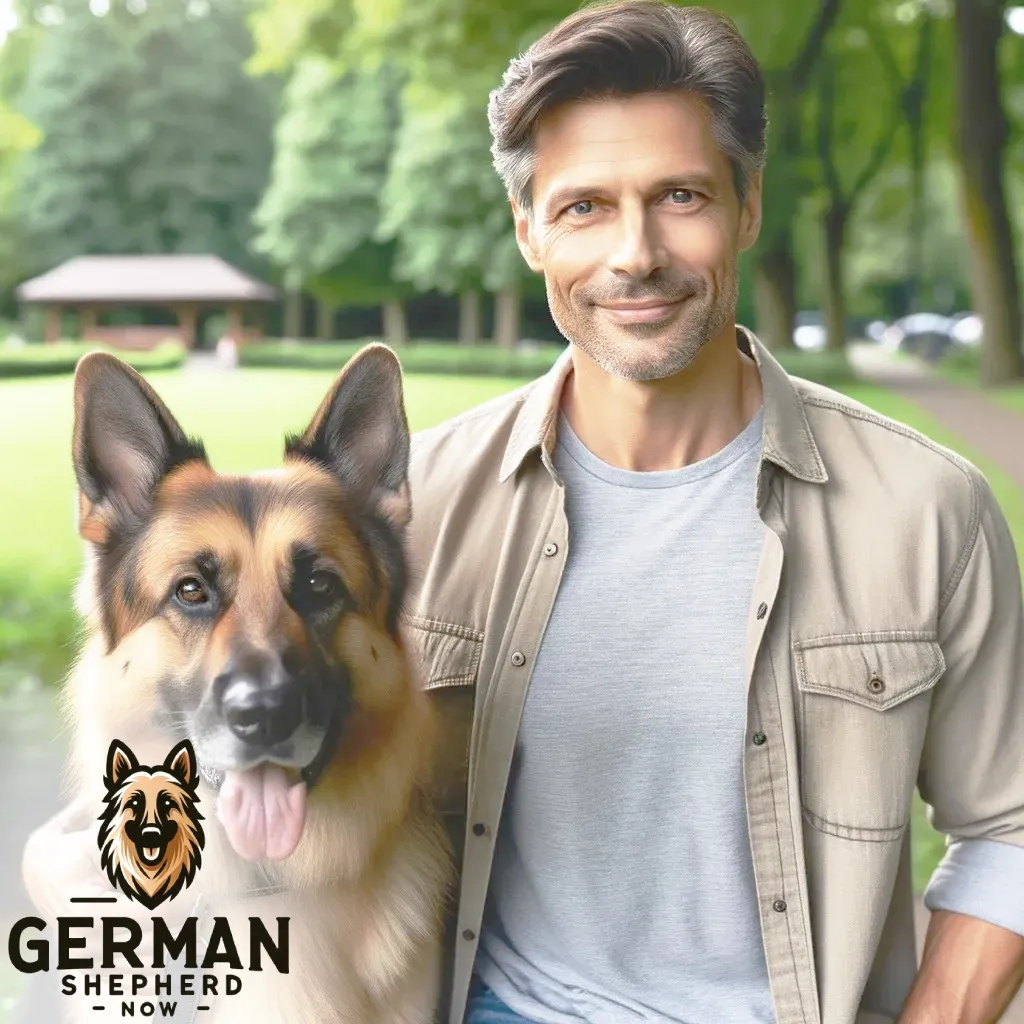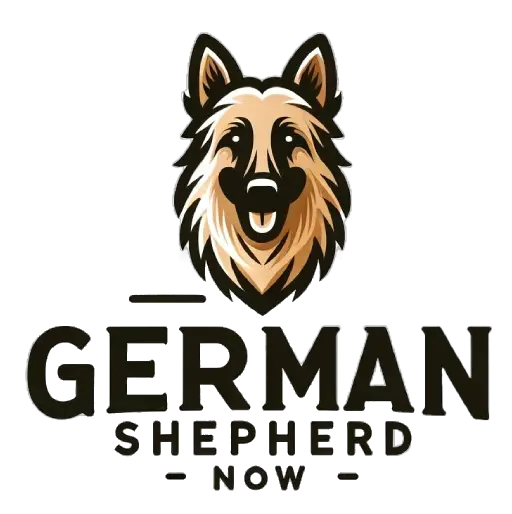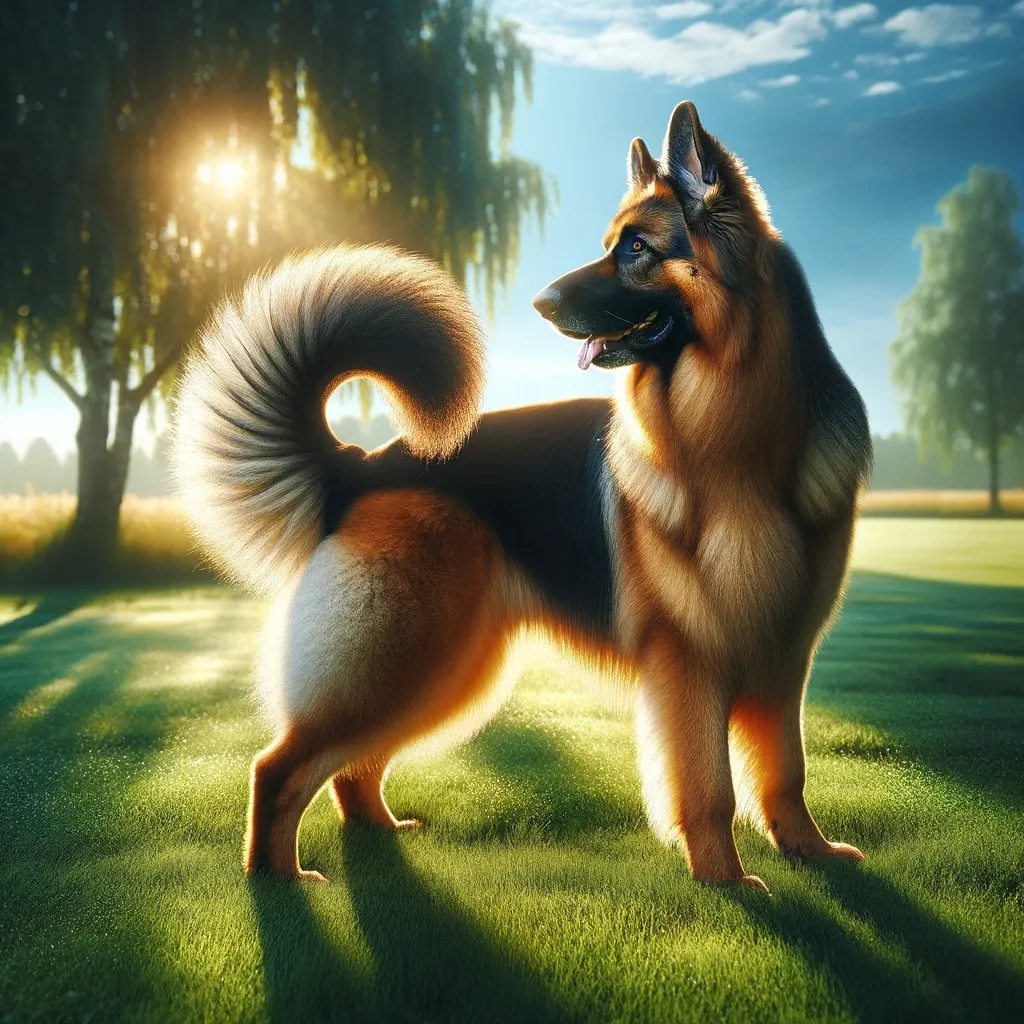Do German Shepherds Have Curly Tails?
Do German Shepherds Have Curly Tails? German Shepherds typically do not have curly tails. Their tails are usually straight and hang down with a slight curve.
This breed is known for its distinctive physical features, which include a muscular build, erect ears, and a bushy tail that extends to the hock. The tail’s appearance can vary slightly among individual dogs.
Historical Background of German Shepherd Tail Standards
The German Shepherd, a breed known for its versatility and intelligence, has a rich history that dates back to the late 19th century in Germany.
Originally bred for herding and guarding sheep, the breed’s physical attributes, including its tail, were meticulously developed to suit these tasks.
The breed standard, established by Max von Stephanitz, the founder of the German Shepherd Dog Club, emphasized a straight tail with a slight curve, which was considered ideal for a working dog. This standard was not just about aesthetics; it was about functionality.
The tail’s shape and carriage were believed to provide balance and agility, essential for a herding dog.
Over the years, as the breed transitioned from a herding dog to a versatile working and companion dog, these standards have been upheld, making the straight, slightly curved tail a distinctive feature of the German Shepherd.
The Role of Genetics in Tail Characteristics
Genetics plays a key role in shaping the physical characteristics of German Shepherds, including their iconic tails.
The tail’s length, density, and curvature are inherited from the dog’s lineage. While the breed standard calls for a straight tail with a slight curve, genetic diversity means that there can be some variation in tail appearance among individual dogs.
This variation, however, is usually within a narrow range due to selective breeding practices aimed at maintaining the breed’s distinctive features.
Breeders often pay close attention to these genetic traits, ensuring that breeding pairs are selected for their physical health and temperament, which can indirectly influence tail characteristics.
Understanding the genetic basis of these traits is crucial for breeders and owners alike, as it helps predict and maintain the breed’s physical standards.

Understanding the German Shepherd’s Tail
Characteristics of a Typical German Shepherd Tail
- Length: Reaches to the hock.
- Shape: Straight with a slight curve.
- Fur: Dense and bushy.
- Movement: Hangs down when at rest; raised when alert or active.
Variations in Tail Appearance
- Curvature: Some may have a more pronounced curve, but rarely curly.
- Tail Carriage: This can be influenced by mood and activity level.
- Genetic Factors: Rare genetic variations can lead to atypical tail shapes.
Factors Influencing Tail Shape
Genetics
- Breed Standard: The breed standard calls for a straight tail.
- Inheritance: The tail shape is inherited from the dog’s parents.
Health and Development
- Puppy Development: Puppies may have a more curled tail that straightens as they grow.
- Health Conditions: Certain health issues can affect tail carriage.
Environmental Factors
- Injury: Tail injuries can alter the tail’s shape or carriage.
- Age: Older dogs may have different tail postures due to age-related changes.
Comparing German Shepherd Tails to Other Breeds
| Breed | Tail Characteristics |
| German Shepherd | Straight with a slight curve |
| Siberian Husky | Curled over the back |
| Pug | Tightly curled |
| Beagle | Straight and upright |
Do German Shepherds Have Curly Tails?: Final Words
German Shepherds are not typically known for having curly tails. Their tails are generally straight with a slight curve, aligning with the breed standard.
While there can be variations due to genetics, health, and environmental factors, a curly tail is rare in this breed.
Understanding these nuances helps in appreciating the unique characteristics of German Shepherds and differentiating them from other breeds.

I’m Martin, and I grew up in the super cool city of Seattle. You know, the place with all the incredible mountains and forests? Yeah, that’s my playground!
Ever since I was little, I’ve been all about nature. I used to wander around the woods with a notebook, doodling all the cool plants and animals I’d find.

